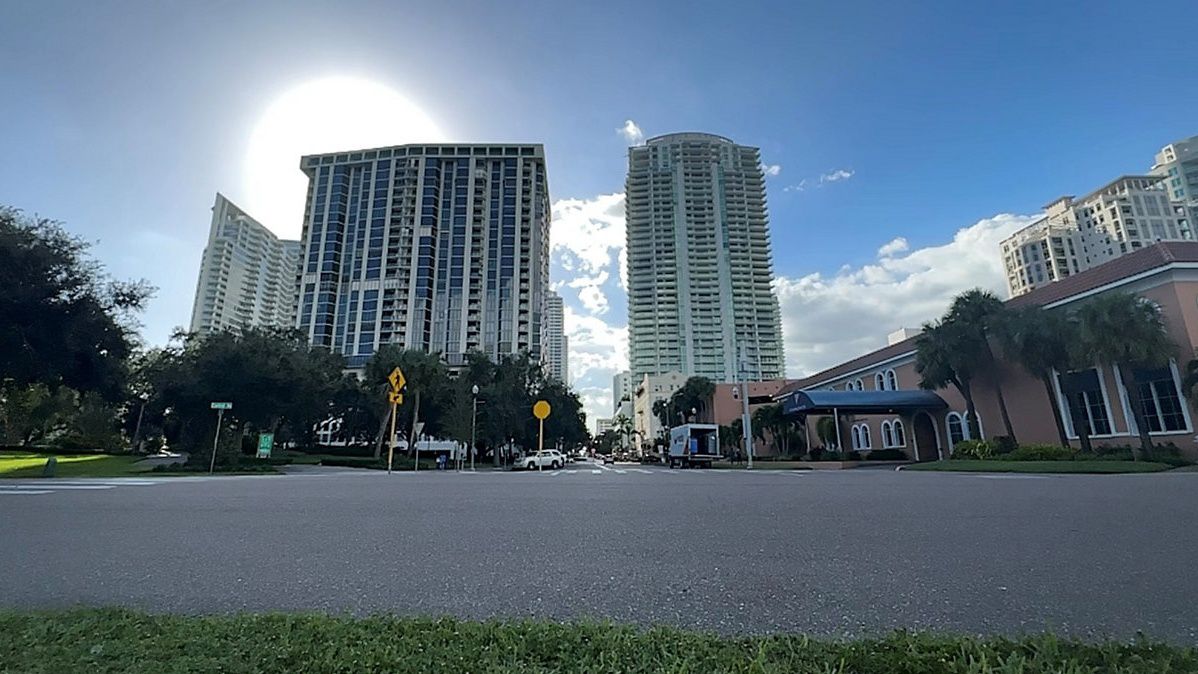ST. PETERSBURG, Fla. — As recently as 2018, the tallest building in St. Petersburg stood 386 feet tall. It was Priatek Plaza, a 28-story skyscraper that opened in 1990 on Central Avenue.
What You Need To Know
In just seven years, four new buildings in St. Pete have eclipsed what was once the city’s tallest building
The tallest building in St. Pete now soars more than 500 feet tall
There are plans for a building that stands even taller than the current tallest building (400 Central)
City leaders say the downtown area is evolving in a way that involves not only “expansion” but also “innovation”
But in the seven years since, four new buildings in downtown St. Petersburg have eclipsed Priatek Plaza in height:
The four new condo towers have transformed the St. Petersburg skyline, a change city leaders sought.
In response to an inquiry from Bay News 9, a city spokesperson said the city was “dedicated to driving inclusive economic development that enhances the quality of life for all residents.” The spokesperson suggested the “city’s downtown is evolving in ways that demand not just expansion, but innovation.”
That innovation includes building housing upward instead of just outward. With limited land options for housing development, the four new high-rise towers offer new places to live-and-work in the city.
“We’ve seen the tallest building in St. Pete go from 380 feet to now close to 515 feet, and that ceiling will continue to increase as new buildings are completed,” said Anthony Close, founder of St. Pete Rising, a website that chronicles growth and development in St. Petersburg.
This year, a development firm announced plans to build the Waldorf Astoria residences in St. Pete, with the intention of making it the tallest building in the city.
These new buildings, though, offer luxury condos with a high-rise view. They do not solve the issue of affordable housing, which remains a need in Pinellas County.
The Shimberg Center for Housing Studies at the University of Florida just released its 2025 Rental Market study.
It shows 29 percent of all renters in Pinellas County are low-income, cost-burdened renters. That means those renters are at or below 60 percent of the area’s median income level (low-income) but also spending 40 percent of their income on rent including utility bills (cost-burdened).
A spokesperson for the city of St. Petersburg noted that, in addition to the new condo towers, the city brought 281 affordable units online in 2024. During Mayor Ken Welch’s term, the spokesperson said the city brought 855 affordable and workforce housing units online.

